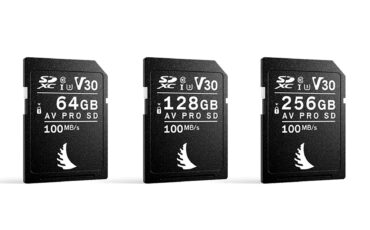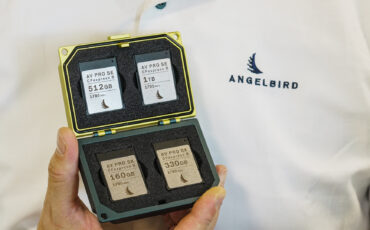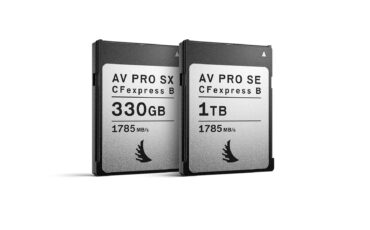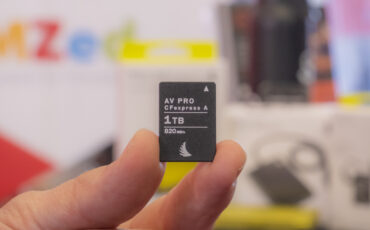A Talk With Angelbird – Where Is Camera Storage Headed?
During IBC 2024, Angelbird’s CEO Roman Rabitsch shared some interesting insights about the storage media market, trends and undercurrents, and the intricate relationship between cameras, memory cards, and computers. Though there are many memory cards and other video-capture media manufacturers, Angelbird specifically manufactures products for the filmmaking and video industry, so their insights are specifically relevant to our industry.
Are SD less reliable? Should we always opt for the fastest card available? Does the future lie with CFexpress media? In this interview by Nino Leitner, CineD co-founder, Rabitsch demystifies some common beliefs and concepts about the different types of memory cards. Also, in case you missed it, make sure to also check out our talk with Angelbird from IBC 2023. Let’s take a look!

Media card storage – industry trends, according to Angelbird
Several trends are pointed out by Rabitsch. An interesting one revolves around the different capacity sweet spots of various media types. According to Angelbird’s stats, SD card users usually opt for 128-256GB capacity and V90 speed. This may represent a middle ground between the need for sufficient recording time and not wanting to place all the eggs in one basket.

Unsurprisingly, CFexpress users tend to go for larger 512GB-1TB capacities. This is probably due to the cards’ faster writing speed, which translates to similar recording time at a higher bitrate (and better quality). According to Roman, 2-4TB cards work for a small niche of documentary filmmakers who can’t change cards that often due to specific conditions, but are pretty rare.
Philip Bloom's Cinematic Masterclass
Is faster better?
CFexpress cards are growing in popularity as cameras now include more demanding video formats. Generation 4.0 is slowly entering the market, offering double bandwidth. This is a good time to point out the speed issue. The 4th Gen CFexpress card, for example, could use that double bandwidth advantage mostly for reading. So files will be offloaded much quicker. Write speed, however, won’t change significantly at this point, because…

…the chain is only as strong as its weakest link
Media speed is very important, but achieving top throughput speed requires each and every component in the workflow to be fast enough. Using a V90 card in a camera that only goes to 100Mbps is meaningless, much like using a USB 2.0 card reader with an ultra-fast card. Speed is important, but cross-system compatibility is key.
Are CFexpress cards more reliable than SD?
As with all good questions, the answer is “It depends.” If made to the same standards, using top-level components, both SD and CFexpress are very reliable. Reality is never that perfect, and since SD cards are household devices, a vast range of manufacturing standards are applied throughout the market. CFexpress cards, on the other hand, are dedicated professional products and, thus, don’t have the same low-end counterparts sharing the same name and logo. In conclusion: get your cards, be it CFexpress, SD, or CFast, from a trusted source.
Have you ever used Angelbird cards? Were you surprised by these insights, or do they align with your general perception of the market? Let us know in the comments.





























